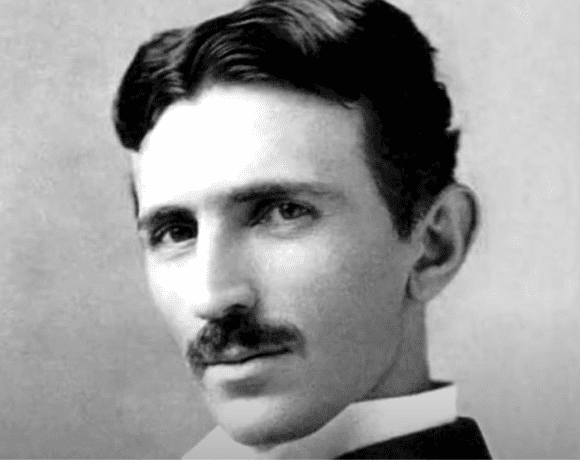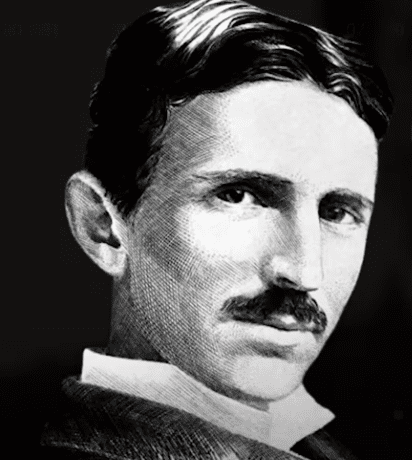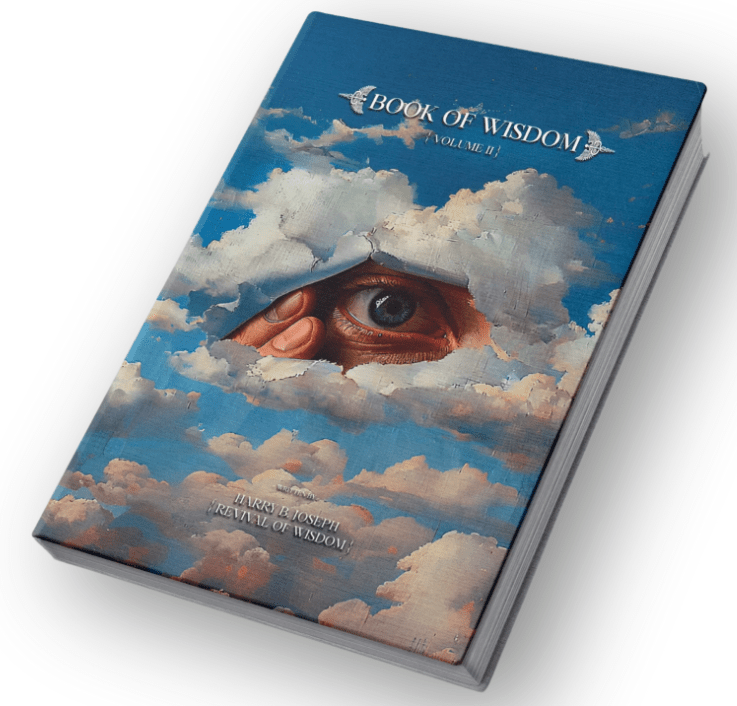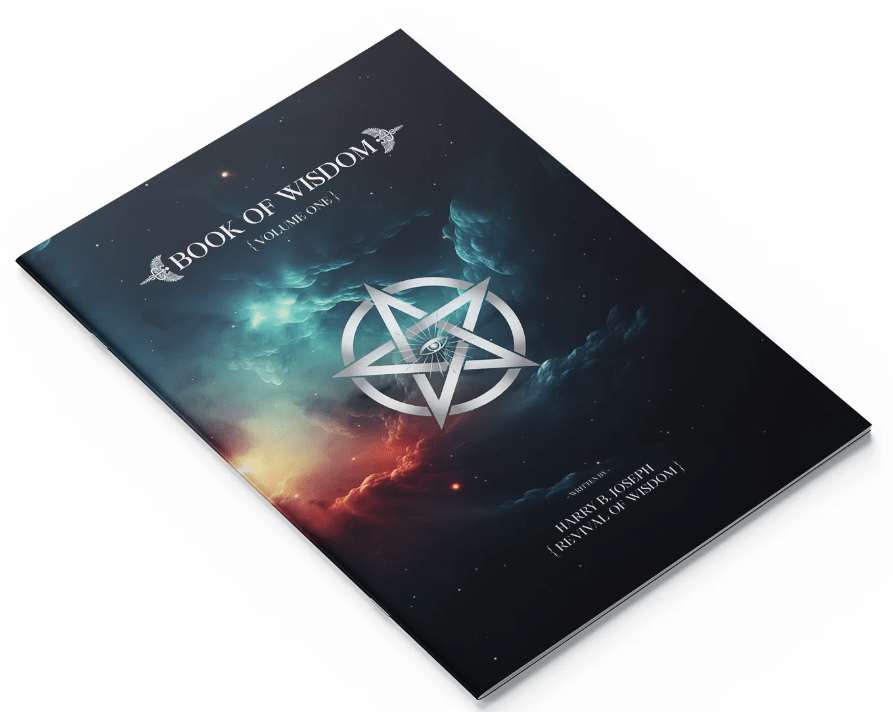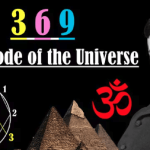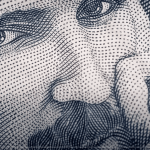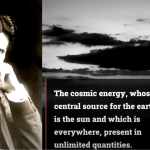This article provides an in-depth review of the illuminating video documentary titled, “Nikola Tesla Explained In 16 Minutes.” By discussing crucial points from the documentary, the article explores Tesla’s profound contributions to science, technology, and society at large, which echo through time, solidifying him as one of the most influential figures of the modern era.
Introduction
The video begins with a haunting picture of Nikola Tesla in his final years – a seemingly inconspicuous man living in a New Yorker Hotel room, surviving on milk and crackers, and caring for local pigeons. However, the narrative soon unravels the true persona behind this austere façade, revealing a man whose genius shaped the world we live in today. His pioneering work in alternating current (AC) power systems and advancements in wireless communication, among other things, highlight his profound impact on modern technology.
Early Life and Education
Born on July 10, 1856, in modern-day Croatia, Tesla inherited an inventive spark and an impressive memory from his mother. Tragically, at the tender age of five, he witnessed the death of his older brother, an event that scarred him for life. He later claimed that he began experiencing flashes of light and visions, which he used as a tool for conceptualizing his inventions.
Despite a brief addiction to gambling, Tesla excelled in academics, especially in physics, and later landed a job with the Paris branch of the Continental Edison Company. His exceptional talent was soon recognized, leading him to construct and improve dynamos and motors, eventually catching the eye of Thomas Edison.
Working for Edison and the Birth of a Rivalry
In 1884, Tesla moved to America and started working at the Edison Machine Works in New York City. Initially, the two men shared a mutual admiration, but soon a disagreement arose over the type of current each man favored. Tesla’s preference for AC due to its ability to maintain power over long distances and the fact that its voltage could be easily altered contradicted Edison’s DC-based business model.
The War of the Currents
Tesla’s steadfast belief in AC led him to part ways with Edison and establish his own company. However, facing financial challenges, Tesla found a savior in George Westinghouse, who bought Tesla’s motor and hired him as a consultant, sparking the notorious “War of the Currents.” Despite Edison’s attempts to discredit Tesla’s AC system through shocking public displays of animal electrocutions, Tesla and Westinghouse successfully demonstrated the safety and efficiency of AC at the World’s Columbian Exposition in 1893 and later at the Niagara Falls hydroelectric plant.
Tesla’s Numerous Inventions
Freed from financial constraints, Tesla devoted himself to the invention. He accrued nearly 300 patents throughout his career, making considerable strides in neon lighting, automobile turbines, X-ray technology, and wireless technology. His Tesla coil and a remote-controlled boat are among his most renowned inventions.
Tesla’s Fatal Flaw
Despite his ingenuity, Tesla struggled with marketing his inventions, preferring to focus on his next creation rather than capitalize on existing ones. This fatal flaw, coupled with his desire for scientific progress over financial gain, saw him miss out on the commercial success his inventions warranted.
Final Thoughts
Nikola Tesla, though he ended his life in relative obscurity, left behind an enduring legacy that continues to influence the world. His groundbreaking work in AC power systems and various other fields of technology fundamentally transformed the way we live, work, and communicate. Despite the hurdles he faced and the financial successes he sacrificed, Tesla’s tireless pursuit of knowledge and innovation has made him a true titan of science and technology.
Beyond his pivotal role in the War of the Currents, Tesla’s myriad inventions have revolutionized numerous domains. His vision of a wirelessly connected world, decades before its time, set the foundation for today’s interconnected, digital society.
Perhaps the greatest testament to Tesla’s genius is the continued relevance and application of his discoveries. From the AC electricity that powers our homes to the wireless technologies that have become an integral part of our daily lives, Tesla’s influence is omnipresent.
However, it wasn’t just Tesla’s scientific accomplishments that left a lasting impression. His relentless dedication, even in the face of immense adversity, is a profound reminder of the power of human perseverance. His unwavering faith in his ideas, despite the skepticism and criticism he often faced, serves as an inspiration for innovators and dreamers everywhere.
In retrospect, Tesla’s life story is a poignant blend of triumph and tragedy. His unswerving commitment to his work eventually led to personal financial ruin and a life of relative solitude. Yet, through his unparalleled contributions, he attained immortality that few can claim.
In conclusion, Nikola Tesla’s legacy goes beyond the realm of science and technology. He stands as a beacon of human potential, personifying the spirit of relentless curiosity, creativity, and ingenuity. Through his life and work, Tesla demonstrates that the pursuit of knowledge and innovation, despite the odds, can lead to a lasting legacy that transcends time and continues to illuminate the world.

